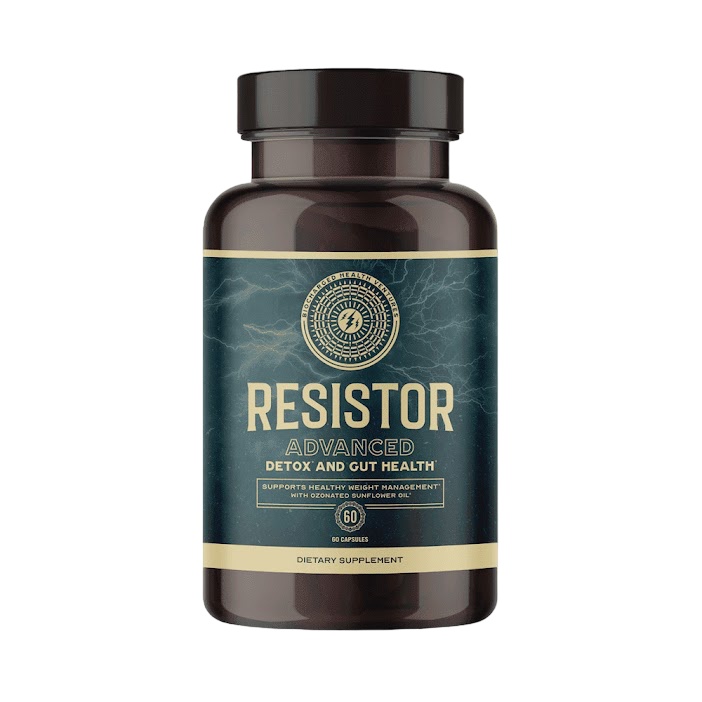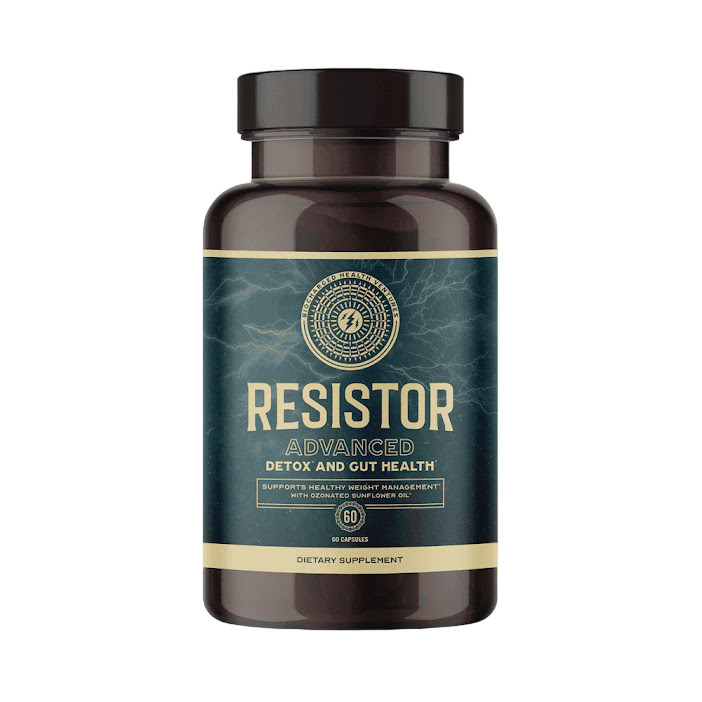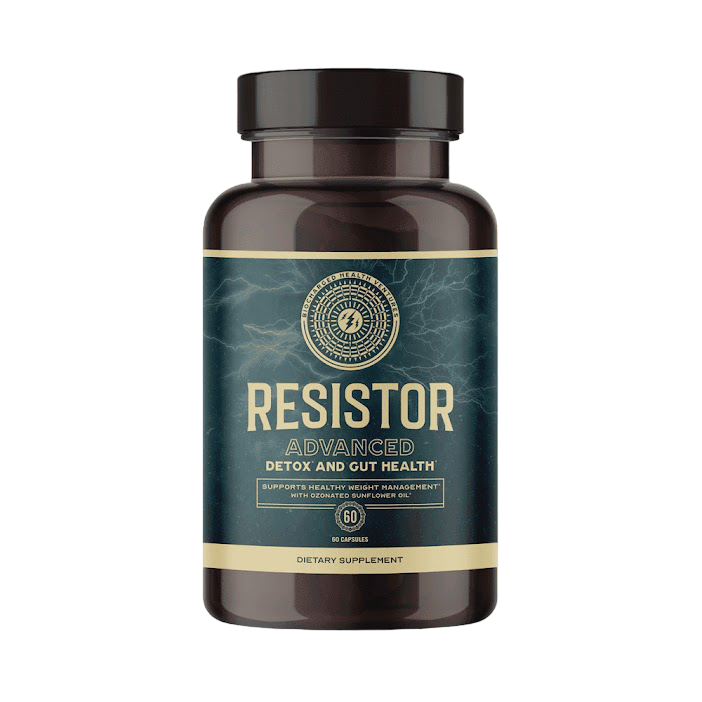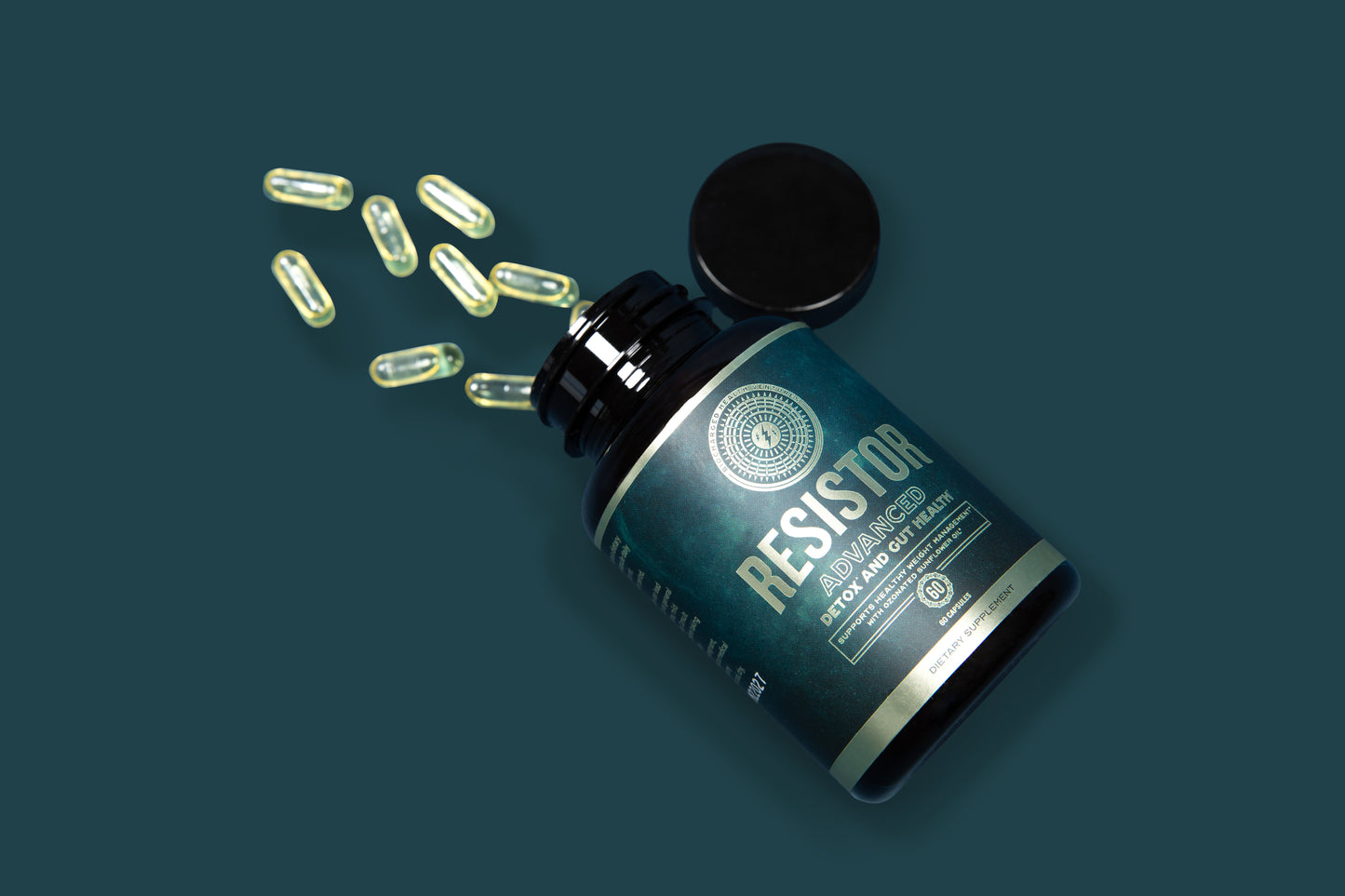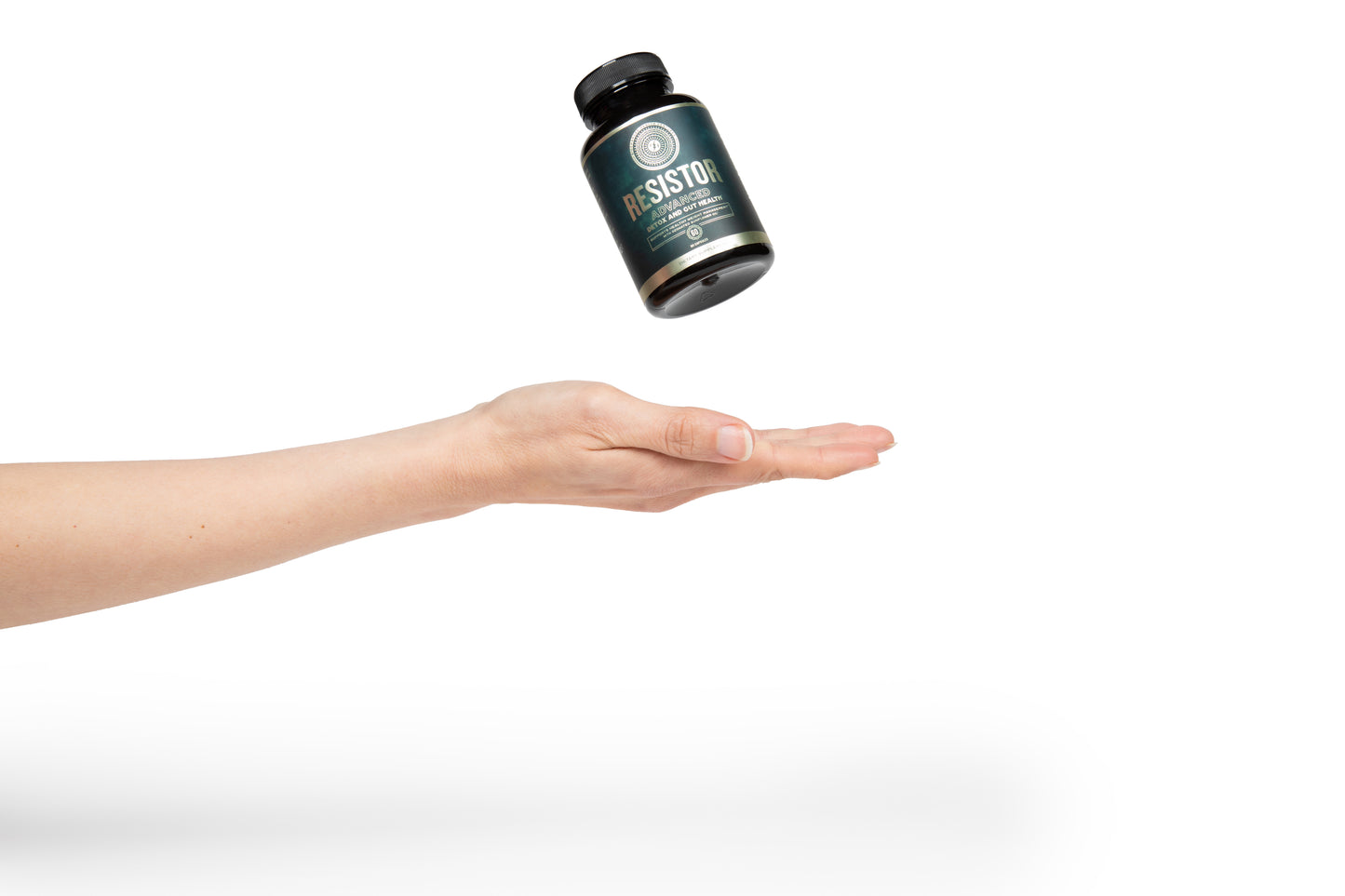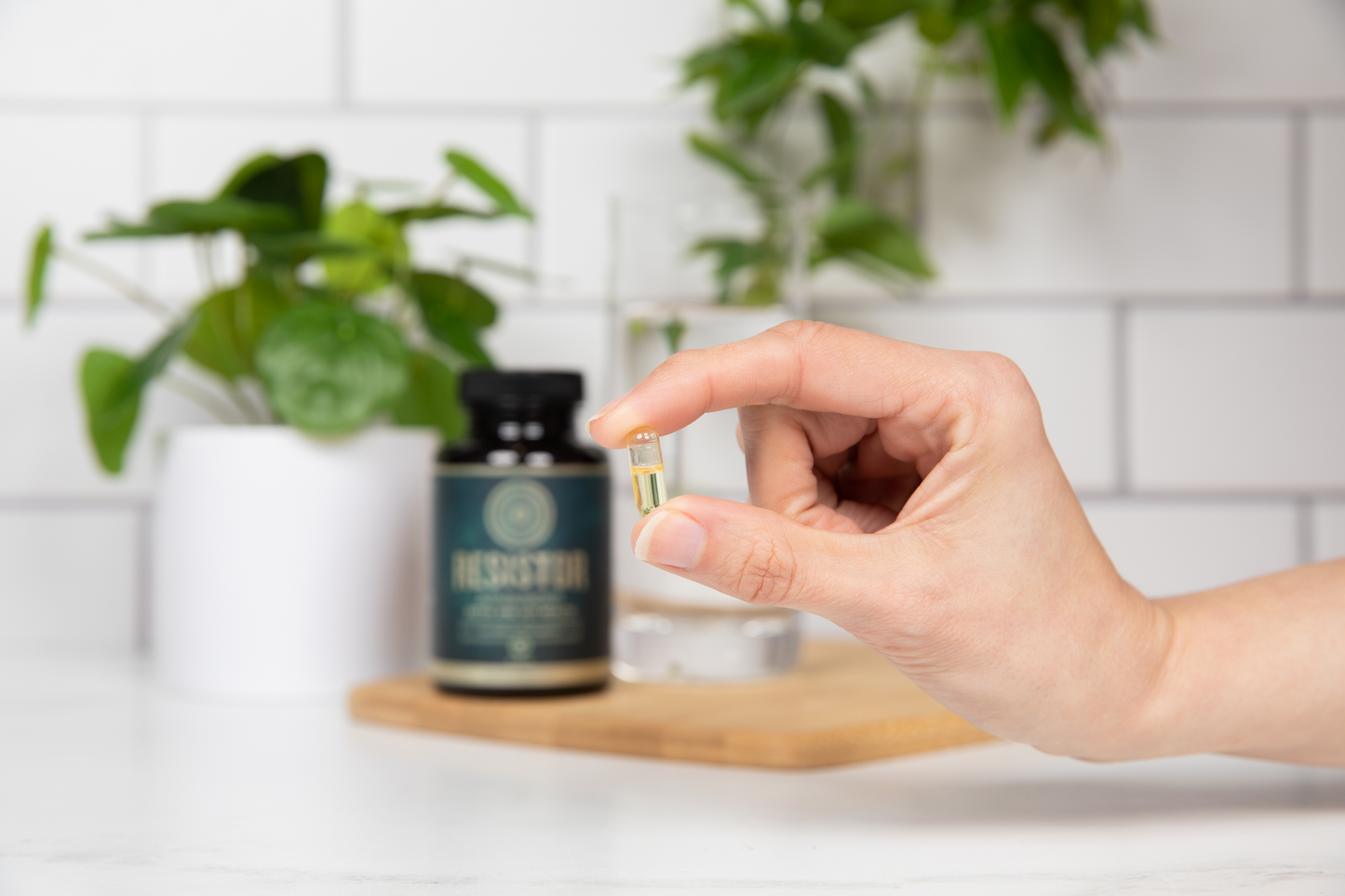Ozone autohemotherapy, the most well-known and widely practiced method of ozone therapy, is the process in which ozone gas is added to the blood. The blood undergoes a chemical reaction before being ultimately transfused back into the body. Because of the reactivity of ozone molecules, the gas is dissolved in a matter of seconds – resulting in millions chemical reactions every second until it reaches homeostasis. Ozone reacts very rapidly even with a large volume of blood. The process is relatively quick. Considering the invasive nature of the procedure, it still is typically done in under 2 hours.
There are two different methods of ozone autohemotherapy – minor and major.
Minor autohemotherapy
Practiced since the 1960s, this method involves the removal of a small amount of blood (approximately 10ml) from the patient’s blood from a vein. The blood is treated with oxygenated ozone and injected back into the bloodstream. Because of the small amount, this treatment is almost like a very unique auto-vaccine, highly effective, and much less time consuming than its counterpart.
There are two different methods of ozone autohemotherapy – minor and major.
Minor autohemotherapy
Practiced since the 1960s, this method involves the removal of a small amount of blood (approximately 10ml) from the patient’s blood from a vein. The blood is treated with oxygenated ozone and injected back into the bloodstream. Because of the small amount, this treatment is almost like a very unique auto-vaccine, highly effective, and much less time consuming than its counterpart.
By adding Resistor to your biohacking arsenal, you can enjoy all the benefits that ozone therapy can provide, with no alarming or invasive procedures.
Major autohemotherapy Major autohemotherapy involves the removal of a much larger amount of blood – typically about 50-100ml – which is then infused with an ozone/oxygen mixture and reintroduced into the body intravenously. It remains the most common practice of ozone therapy today.Research currently exists to support ozone autohemotherapy for the following uses:
Some stigma still exists around the practice of ozone autohemotherapy. Much of the concern related to ozone therapy revolves around the safety of blood ozonation. Critics argue that the peroxides produced by ozone can kill intracellular bacteria, they can damage the tissue outside of the cells. These claims are not widely spread, and proponents of the treatment argue that the benefits greatly outweigh the minimal risk.

Why Resistor? While the use of autohemotherapy is invasive, the benefits can be vast. In addition to the treatment of the ailments above, more long-term internal effects include increased cellular regeneration and detoxification, increased mitochondrial function (and thus, cellular energy), gut health, and more. However, for those averse to intravenous treatment, Resistor’s Charged Ozonated Oil offers the same benefits, without the needle. The novel charging process enhances the performance of the ozonides, making an even more powerful treatment. And because the delayed-release Capsule is specifically designed to release the oil closer to, or in, the small intestine; the ozone is more quickly absorbed into the bloodstream than it would be if introduced via the stomach. Once delivered to through the bloodstream, the ozonides elicit a litany of strong really beneficial effects systemically throughout the body – including the production of beneficial compounds and additional antioxidants, which remove free radicals from the body cells and prevent or reduce the damage caused by oxidation. The benefits of ozone are clear, but the methods in which to administer it remain seemingly unattainable for the layperson. By adding Resistor to your biohacking arsenal, you can enjoy all the benefits that ozone therapy can provide, with no alarming or invasive procedures.
